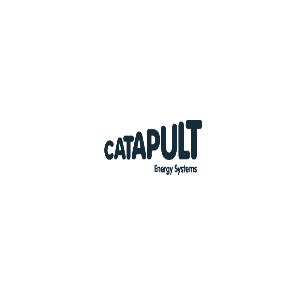Project, launched back in 2017, connects a mix of UK property types via a digital platform to test next-generation heat and controls systems along with new delivery approaches. More than 1,000 UK homes have now been connected to the Living Lab concept that provides real world testing of next-generation building controls and low carbon heat solutions.
The concept, which has been developed by the Energy Systems Catapult innovation agency, has seen these different types of homes being connected with a digital integration platform that allows the sharing of data and performance information.
Equipped with more than 10 smart control
Some of these properties have since been equipped with more than 10 smart control or low carbon energy devices that include heat pumps, solar PV systems, as well as next-generation water tanks and battery storage systems.
In some cases, these properties have also been fitted with smart heat controls and smart meters. Energy Systems Catapult added there are other properties involved in the project that are still using natural gas boilers with no low carbon devices. These differences serve to reflect the real-world differences across the UK’s housing stock.
Smart heating solutions
More than half of the Living Lab homes are classed as using ‘smart heating’ solutions
More than half of the Living Lab homes are classed as using ‘smart heating’ solutions, with 89 per cent relying on a gas boiler and the remaining 11 per cent using heat pumps. However, the project’s operators noted that the number of properties using heat pumps was increasing.
A fifth of the connected properties were also presently generating their own power through a solar PV solution, added Energy Systems Catapult.
Among the main focuses of the Living Lab concept is the creation of a national means of testing new market approaches to power homes. It can also help study the impacts of policy and regulation changes being considered as part of the UK’s building decarbonization plans.
The Living Lab project
The Living Lab project commenced in 2017 and is presently made up of more than 660 homes in England, over 300 in Scotland and nearly 100 properties in Wales. Northern Ireland has also recently connected 14 homes to the Living Lab.
The project's organizers say these properties include detached and semi-detached homes, which make up the majority of properties. Flats, bungalows and mid-terrace homes are also connected.
Diverse community of residential properties
Rebecca Sweeney, Business Lead at Living Lab, said that the connection of over 100 homes was an important milestone for the project. She said, “We’re building a diverse community of residential properties of all shapes and sizes, and with different heating technologies installed, to give us a unique insight into our changing energy demands throughout the net zero transition.”
Rebecca Sweeney adds, “This insight into our evolving energy habits – and how consumers and the market respond to new technologies – will be crucial to encourage innovation and help us design products and services for the future energy system.”

















